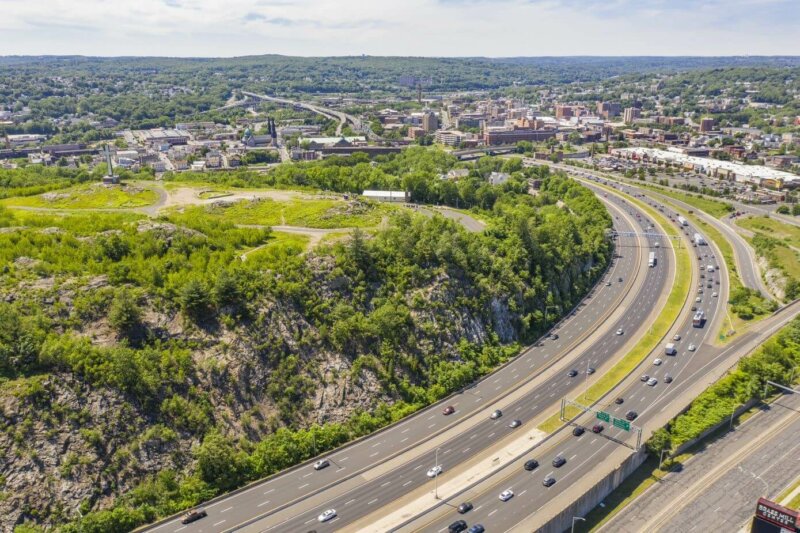Ansonia-Derby School Regionalization Study
In May 2018, The Connecticut General Assembly approved Public Act 18-169, which appropriated funding for a school consolidation study for the Cities of Ansonia and Derby. In accordance with Connecticut State Statutes §10-39 through §10-43, the cities’ Boards of Aldermen subsequently appointed members of the Temporary Regional School Study Committee (TRSSC).
NVCOG’s function in the study was to serve as fiduciary and contracting authority. Following a Qualification Based Selection process for a study consultant, District Management Group, of Boston, MA, was selected as consultant.
The study analyzed a number of areas regarding the advisability of combining school districts. It also analyzed potential cost savings or operational efficiencies resulting from shared services in separate school districts. The TRSSC expired according to state statute in February 2022 and members chose not to issue a recommendation.
Consultant Documents:
07-01-2020 Equalization Overview & Decision Making
08-03-2020 DMG Regional High School DRAFT Program of Study
08-24-2020 DMG Regional Elementary School and Middle School DRAFT Program of Study
Equalization Overview and Decision Making Updated with Repairs and TRSSC Decisions
Regional High School Draft Program of Study 09-21-2020
Regional Middle School Draft Program Of Study 09-21-2020
Regional Elementary Program of Study 09-21-2020
02-11-2019 DMG Background, Study Outset Presentation
04-11-2019 DMG Phase 1.2 Technical Memo
04-22-2019 DMG Study Process Overview Presentation
06-24-2019 DMG Demographics, Enrollment Presentation
07-22-2019 DMG Sites, Facilities Presentation
11-22-2019 Report on the Advisability of Regionalization: Task 1
11-22-2019 Analysis of Shared Services: Task 2
11-25-2019 Task 1 & 2 Reports Overview



